How to Choose the Right Pickleball Paddle for You
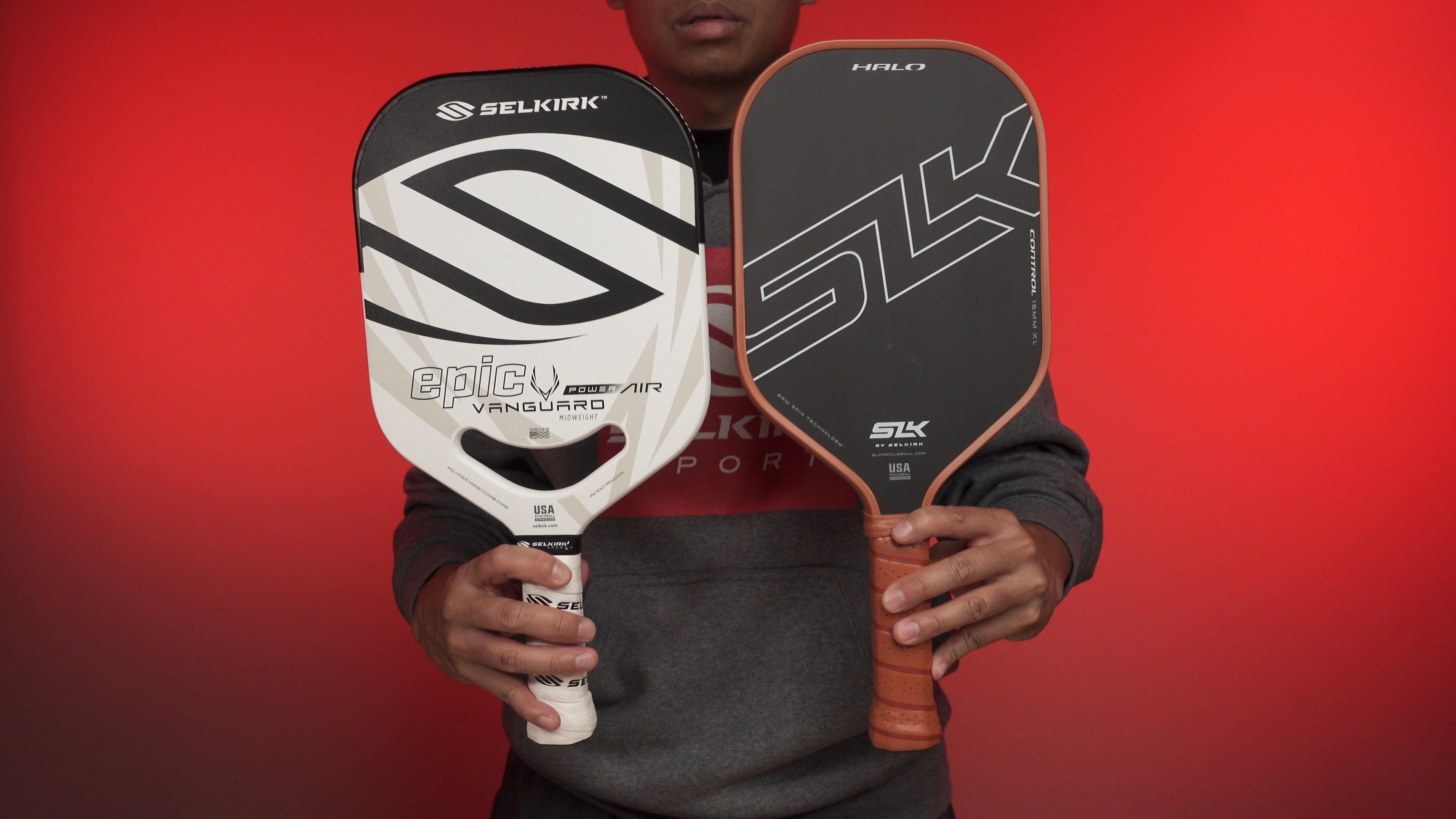
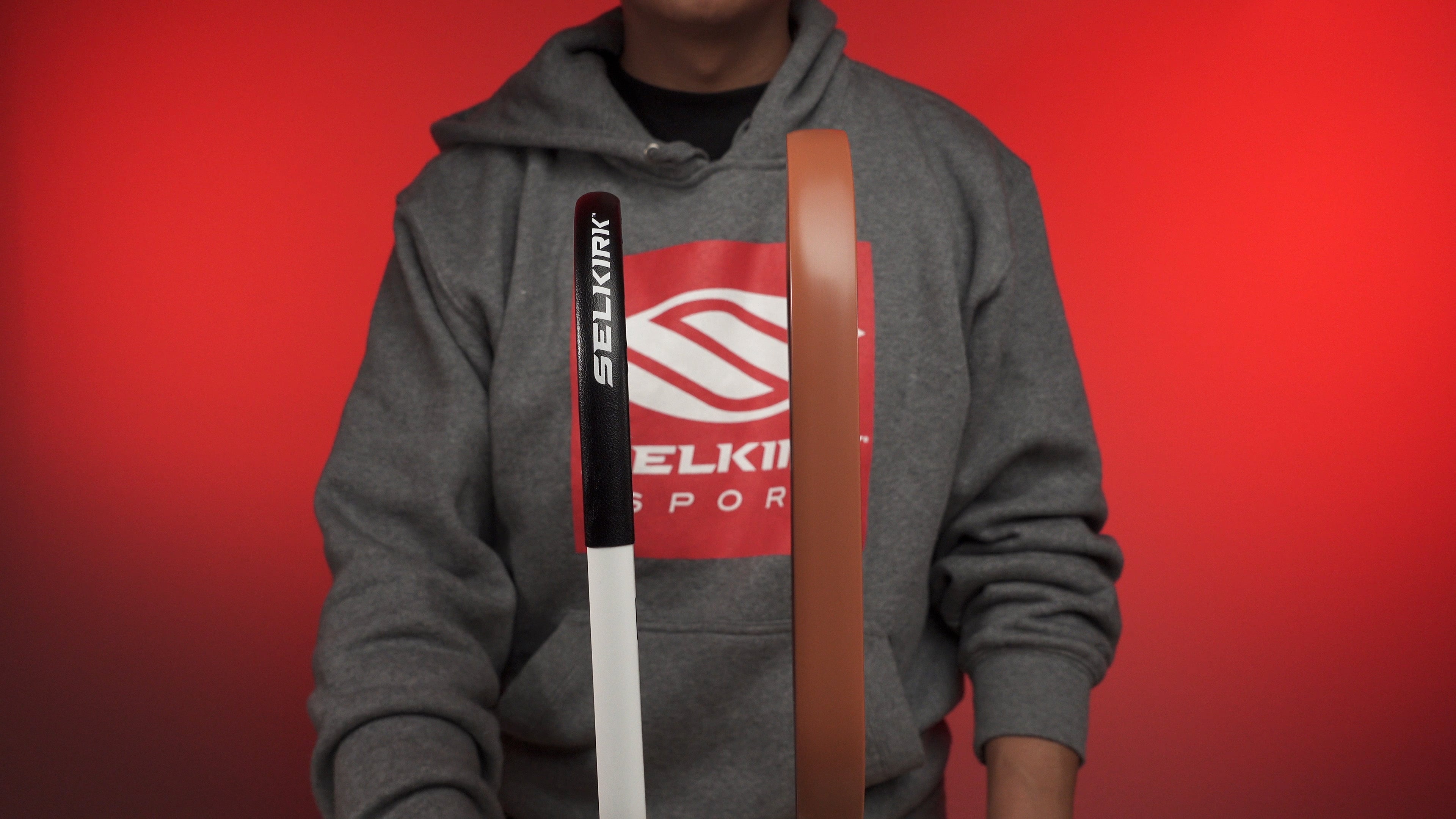
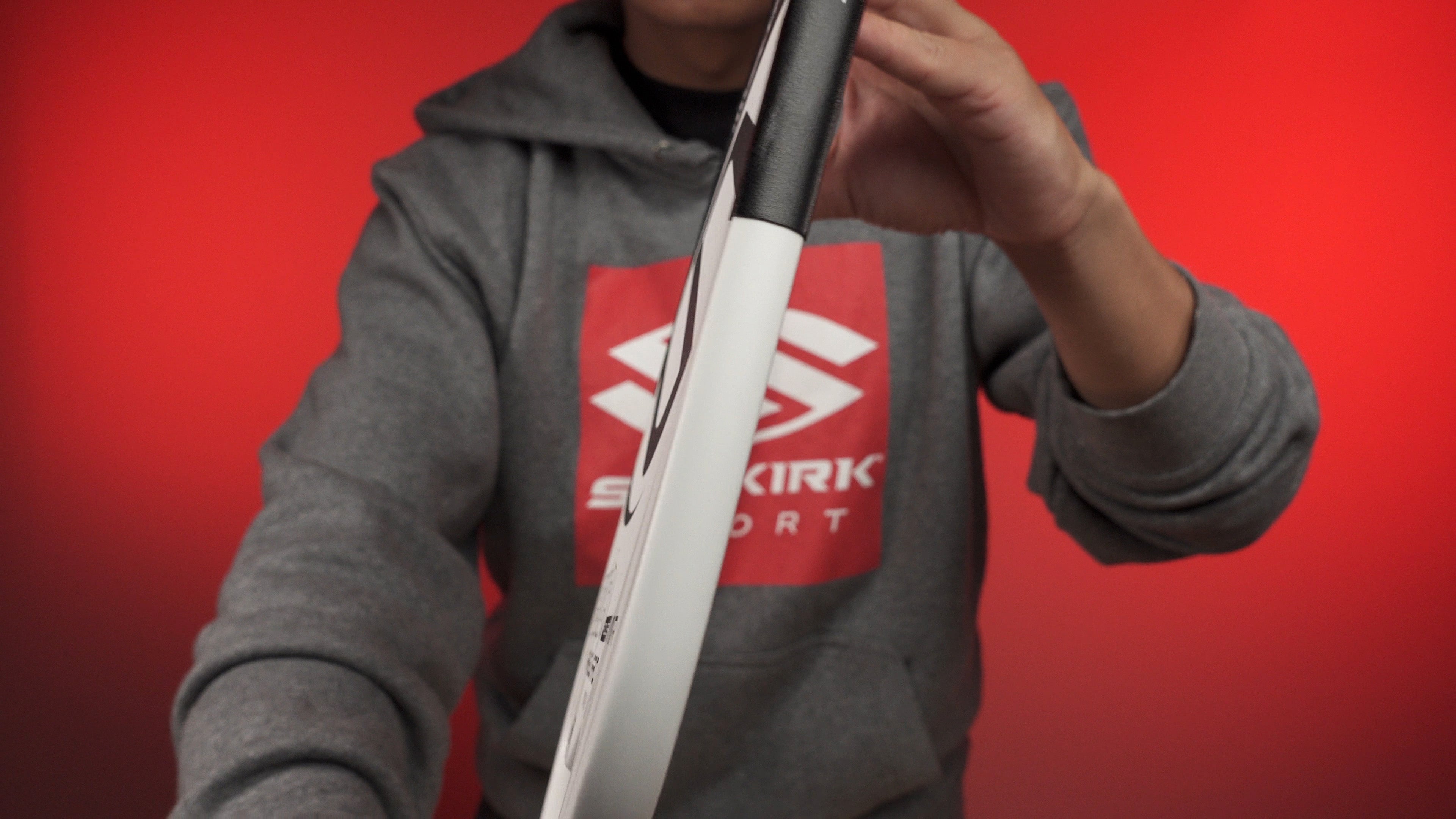
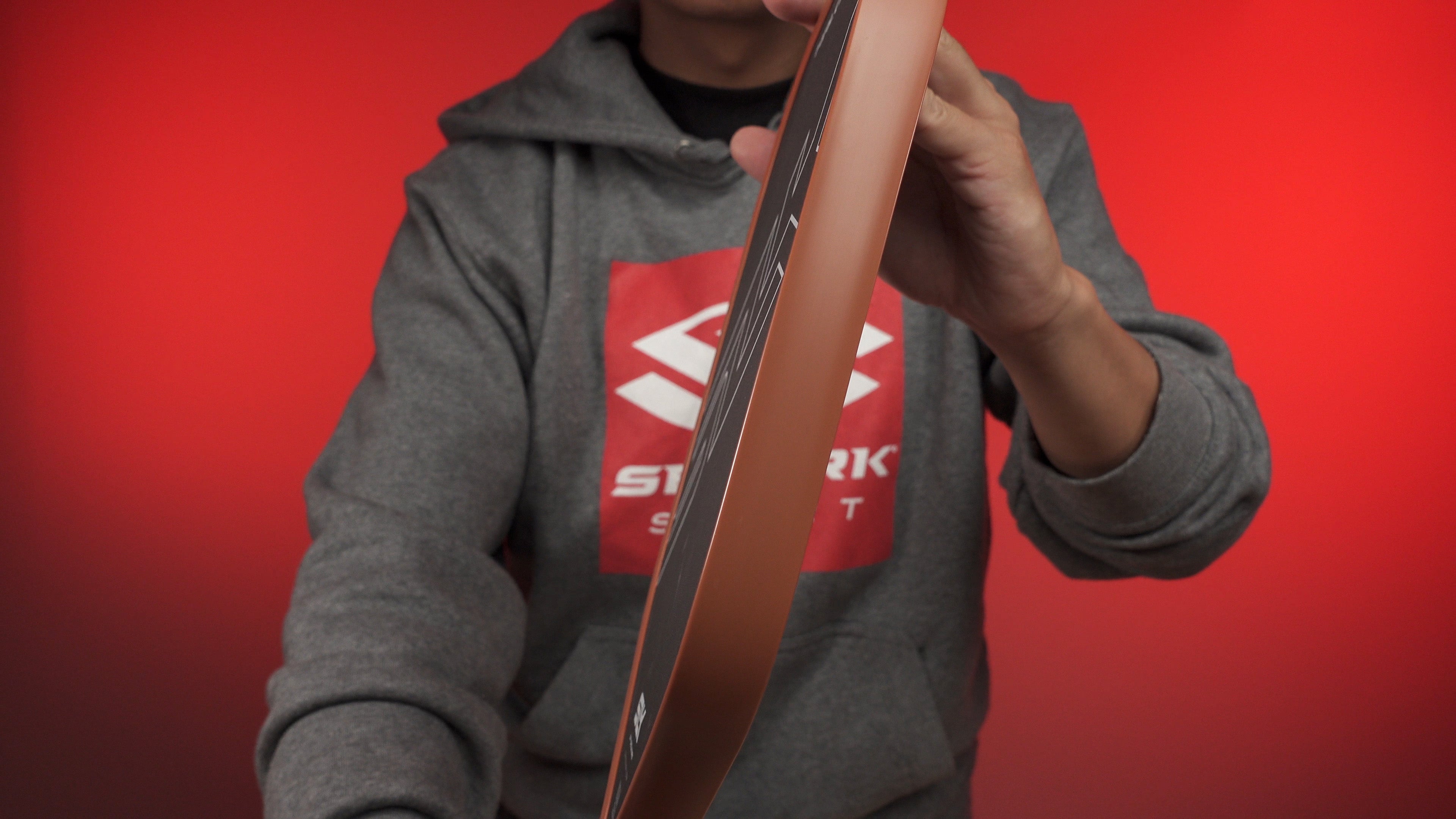
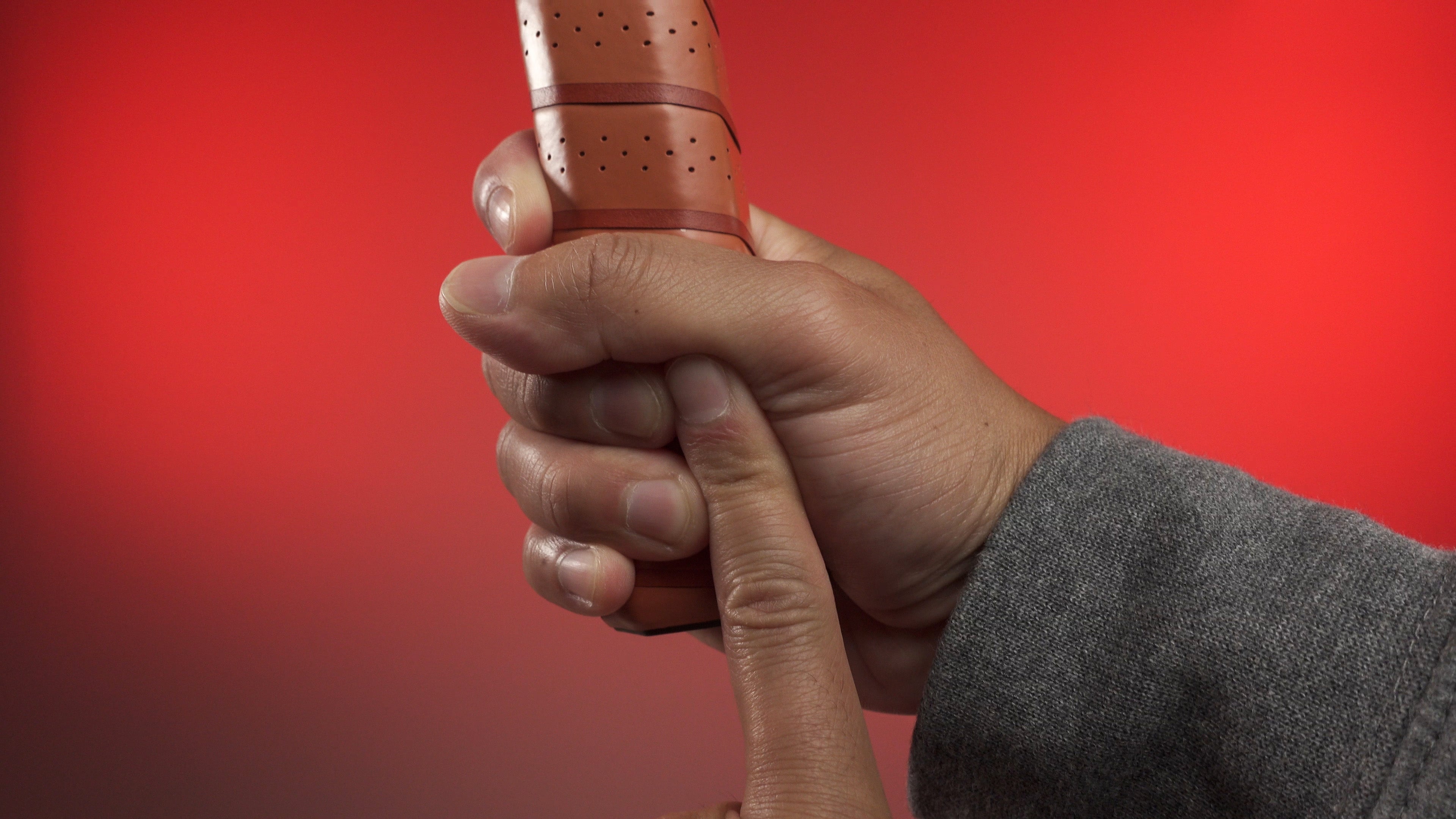
FREE SHIPPING ON US ORDERS $35+ | LIMITED LIFETIME WARRANTY
Hey there, pickleball players! Choosing the right paddle is a crucial part of playing the game. In this article, we'll be discussing how to choose the right pickleball paddle for you. First, determine your budget, as there are many options at varying price points. This is an easy way to eliminate some options in the decision-making process.
The first step in choosing a pickleball paddle is to determine your playing style. Are you an aggressive player who likes to hit hard shots, or do you prefer finesse shots? Do you play singles or doubles? Do you use a one-handed backhand or a two-handed backhand? These are all important factors that will influence the type of paddle you choose.
Once you have determined your play style, consider the paddle's shape. Typically, an elongated paddle versus a more standard shape paddle:
* If you are a more aggressive player who likes to attack, speed up balls, and hit drives, then an elongated paddle might be the right choice for you.
* If you are a more control-centric player that values drops, resets, counters, and finesse shots, then a shorter paddle with a larger sweet spot may be the best option.

The next aspect to consider is the core thickness. Choosing the thickness of your core can be very important. Thin core paddles are typically 14mm or less, while thicker core paddles are 16mm or greater.

Pickleball paddles with thinner cores are typically lighter, faster to swing, and provide more power but are usually considered to have less control. They're great for players who are more aggressive, like to attack, and speed up the ball.

On the other hand, paddles with thick cores are usually a bit heavier and provide more control and less power. They're ideal for players who want to be able to drop the ball from all areas of the court and have a more control/defensive orientated play style focused on dinking, resetting, and drops.

The weight of the paddle is also an important factor to consider. Rule of thumb is that you want to play with the heaviest paddle you can comfortably play for your average play session without feeling any pain or fatigue.
* Heavier paddles provide more power, are usually more stable, have a more comfortable feel, but can also cause fatigue over time.
* In contrast, lighter paddles are fast and very maneuverable, good for quick volley exchanges at the no-volley zone, but you may sacrifice a bit of power and comfort.
If you are new and unsure, we recommend that you go lighter since you can always add weight to your paddle later but can't always remove weight. A good starting point for most players is between 7.9-8.2 ounces, as this is where most paddles feel substantial enough to strike the ball comfortably but not so heavy as to potentially cause injury or pain.
Speaking of comfort, an often overlooked but very important trait to consider when selecting a paddle is the grip size. The grip size of the paddle should be comfortable for your hand size. If the grip is too small or too large, it can affect your grip and your overall performance. A good rule of thumb is that your pointer finger should be able to snuggly fit in the space between the bottom of your palm and the rest of your fingers.

Pickleball paddles come in a variety of materials, including wood, fiberglass, carbon fiber, or some sort of composite blend of the aforementioned. Wood paddles are the most affordable, but they are also the heaviest and have the smallest sweet spot. Fiberglass usually has the most pop/power but can be difficult to control. Composite paddles are a good balance between weight and power, while carbon fiber/graphite paddles are the lightest and provide the most great touch and spin.
We know selecting a paddle can be daunting and we just covered a whole lot but choosing the right pickleball paddle can make a big difference in your game. By considering your playing style, shape, core thickness, face material, weight and grip size, you can find the perfect paddle for your game.
Your cart is currently empty.

Selkirk recognizes the sacrifices made by our military/first responders. Log in here for details.


